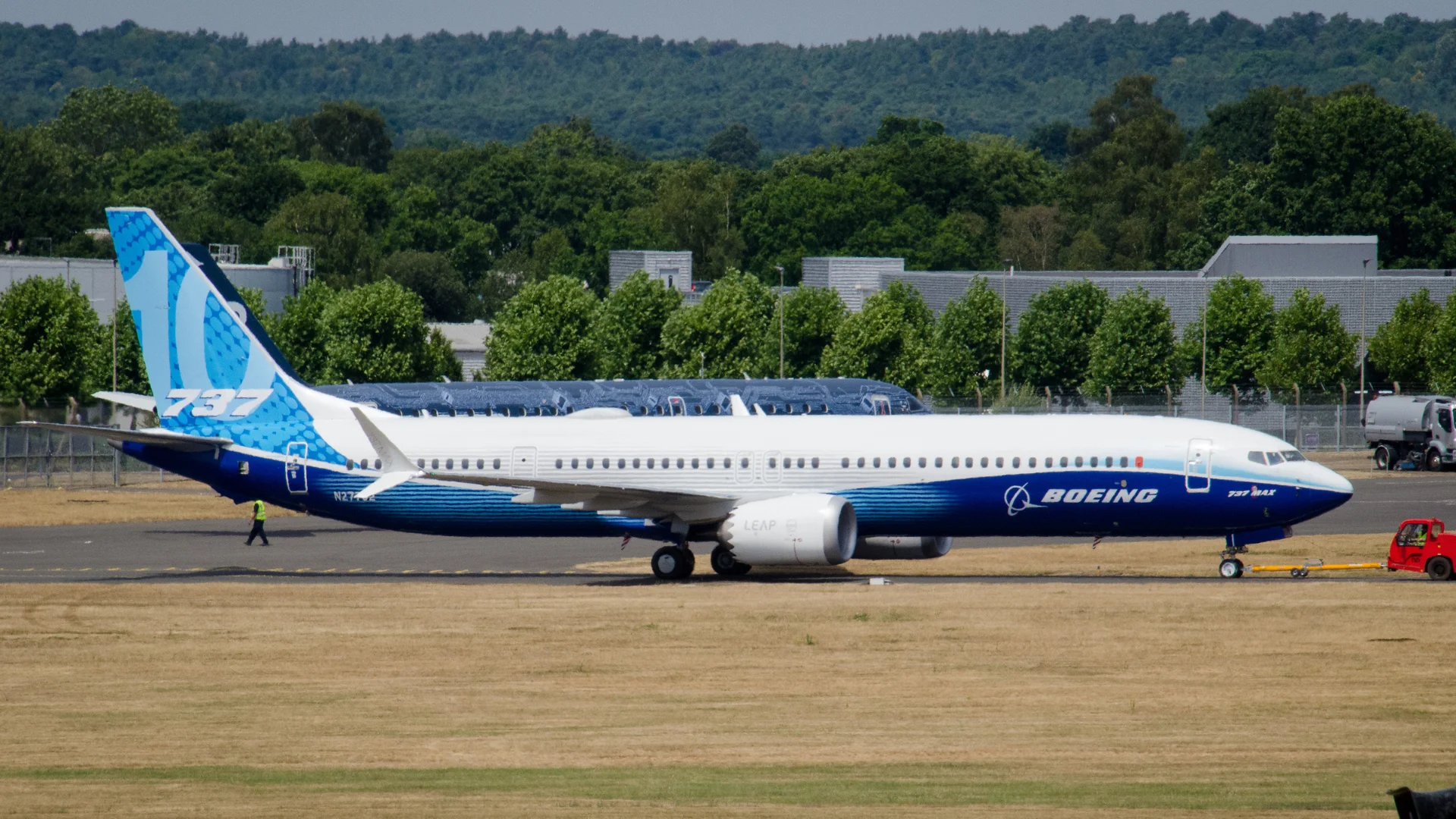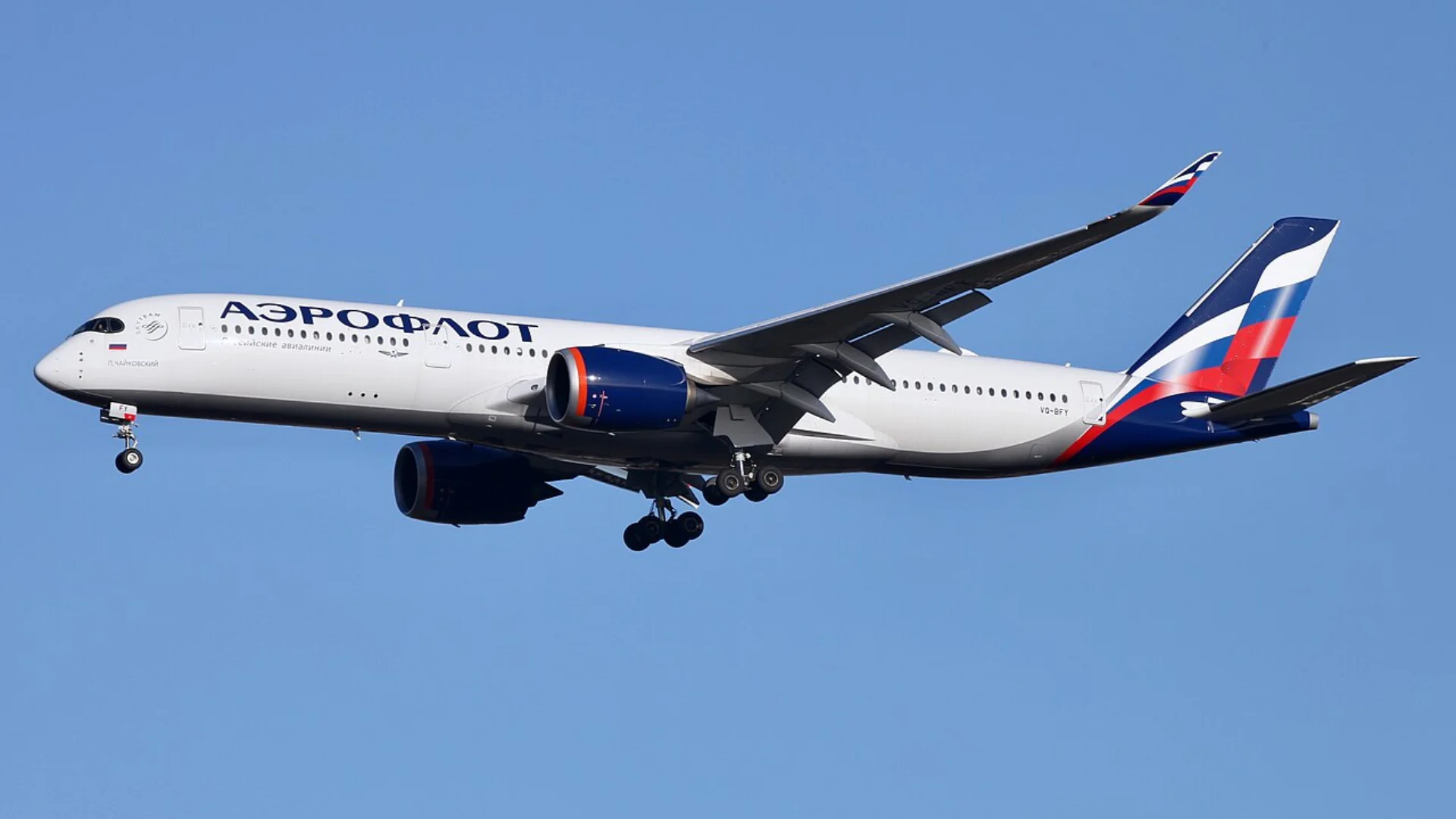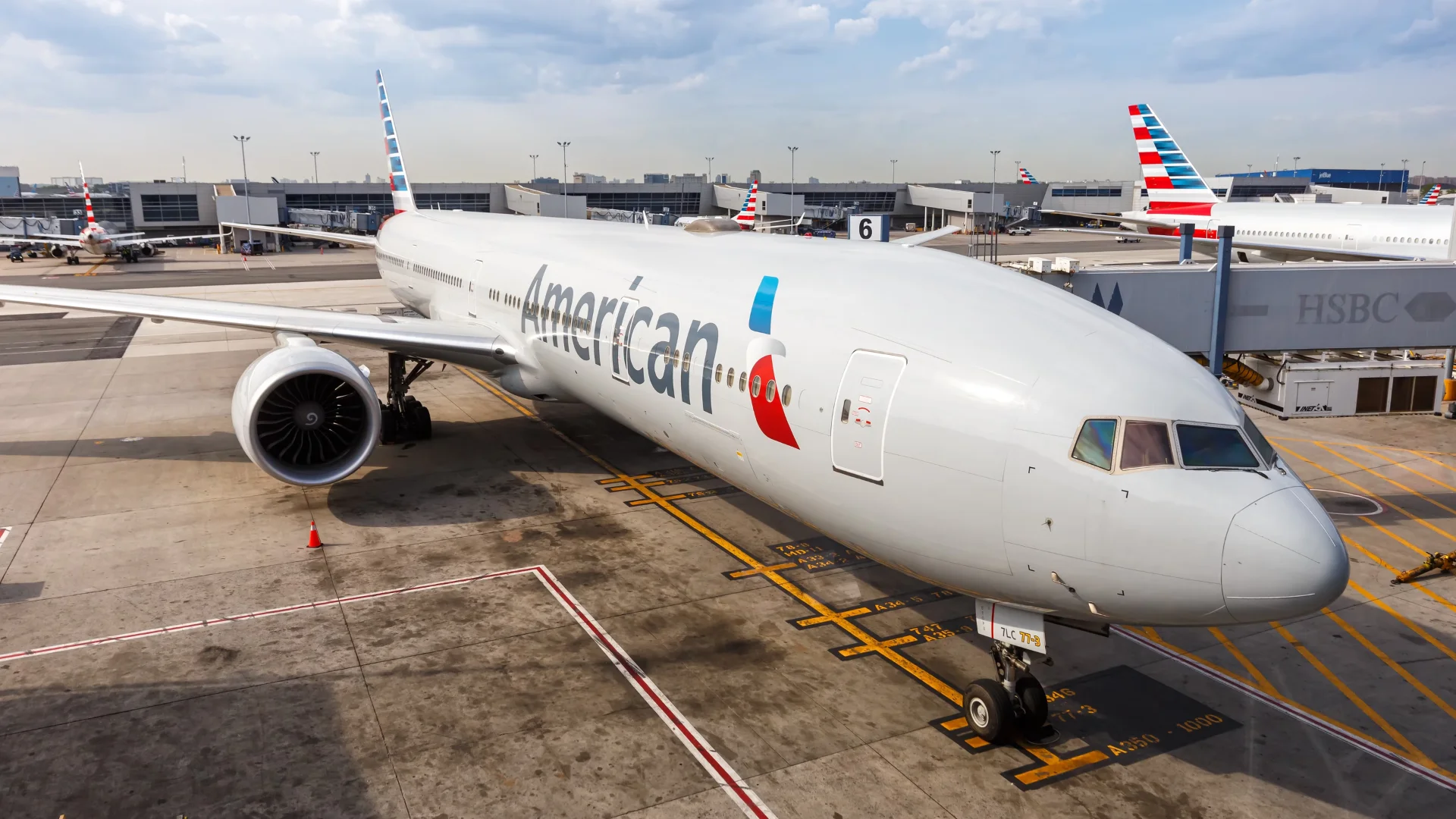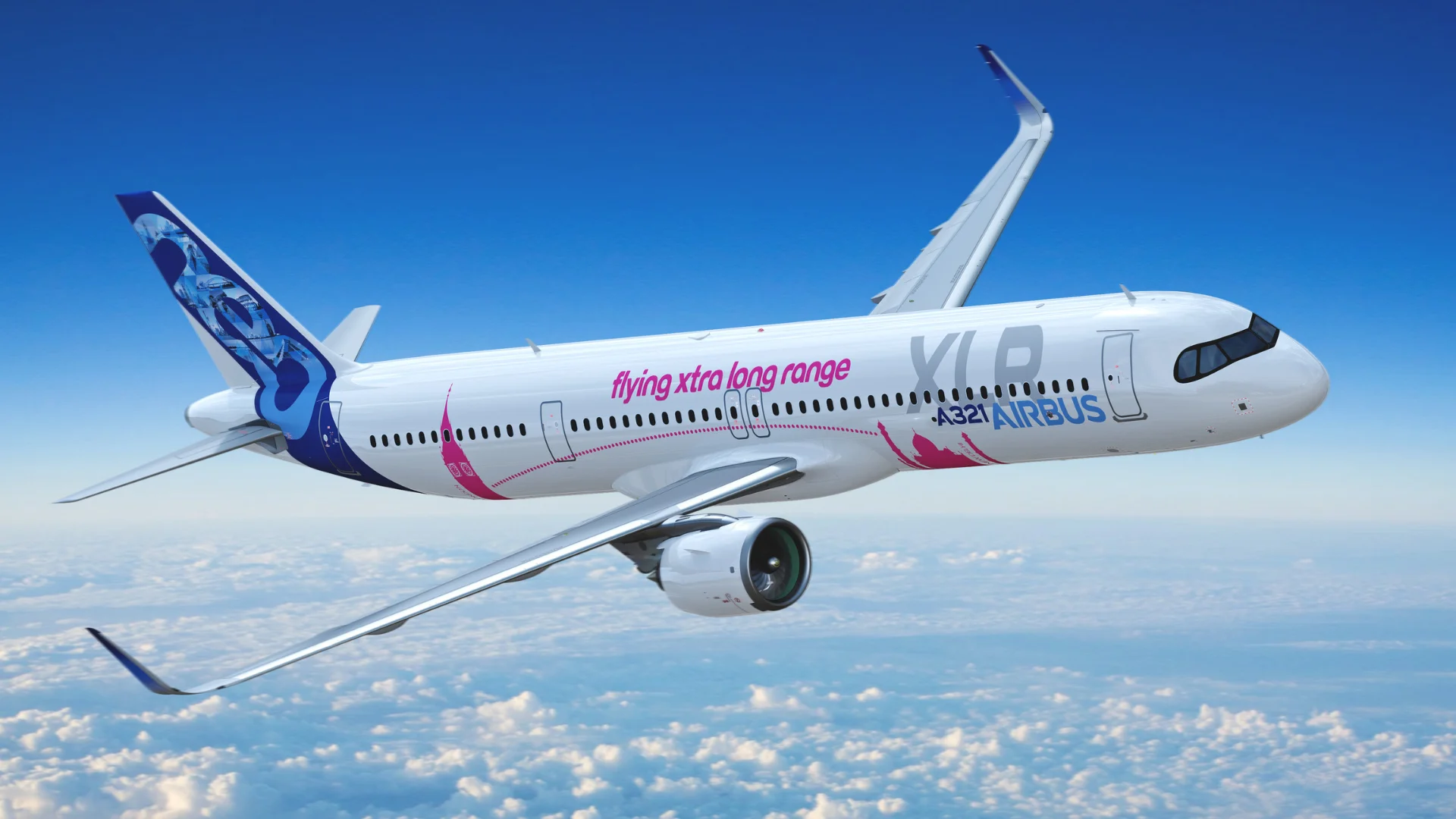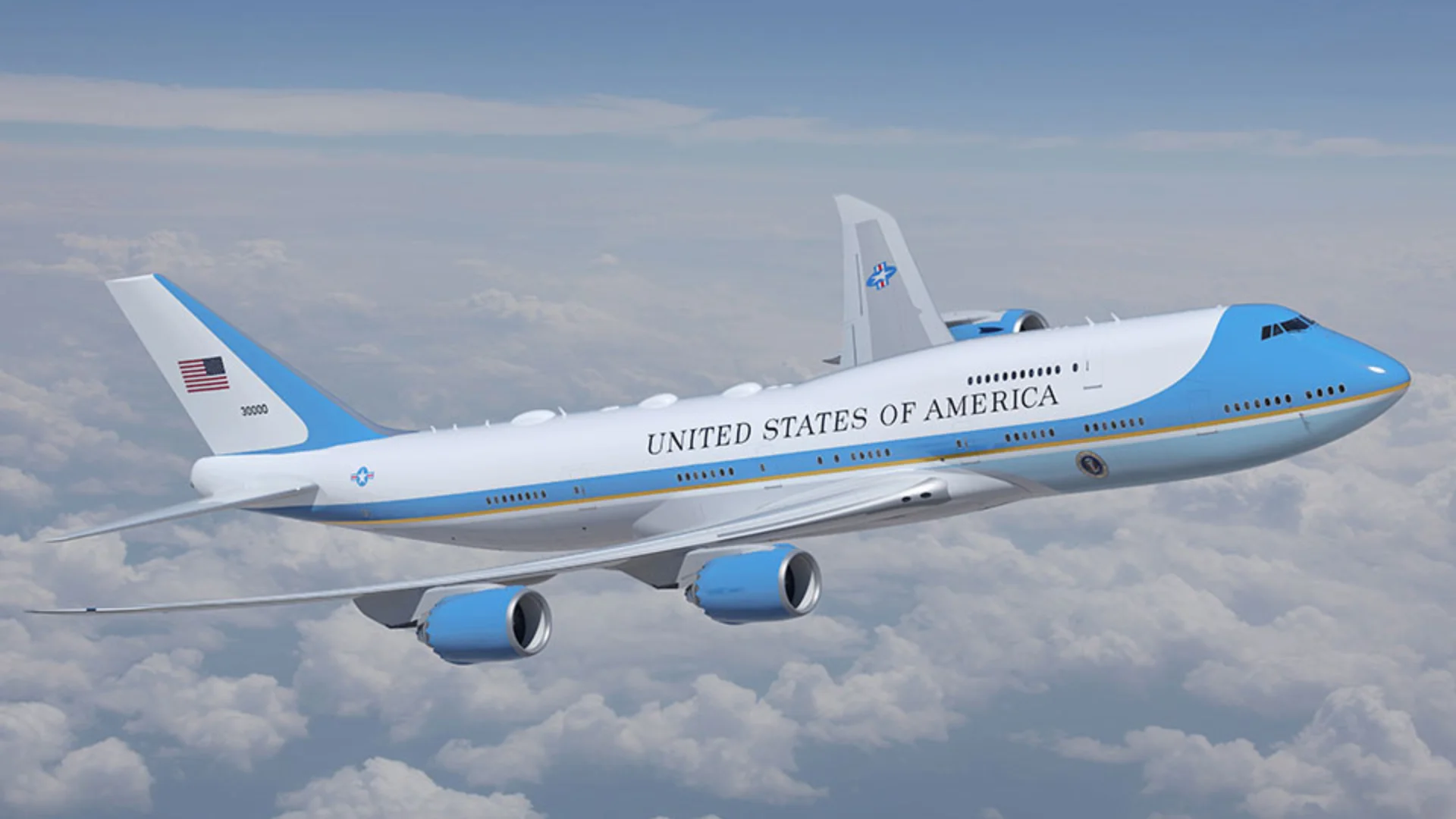The Boeing B-29 Superfortress, known for its role in delivering nuclear weapons on Hiroshima and Nagasaki, was a significant aircraft during World War II. Despite its capabilities, the B-29 was never deployed to the European theater of war. Several factors contributed to this decision.
The B-29 was designed as a long-range bomber, intended for strategic bombing missions over great distances. It played a crucial role in the Pacific theater, where such capabilities were essential. According to the National Museum of the United States Air Force, "the B-29 Superfortress was designed as a long-range bomber," heavily armed and capable of executing strategic bombing missions required in the Pacific theater.
A specialized version of the aircraft, known as "Silverplate" B-29s, was modified to carry atomic weapons over longer distances by removing armor and other weapons to save weight. However, by 1944 when combat missions began, air superiority had already been established in Europe with existing bombers like the B-17 Flying Fortress and B-24 Liberator proving effective. There was no need to introduce a new aircraft requiring retraining of pilots and crews.
 Alerts Sign-up
Alerts Sign-up
















